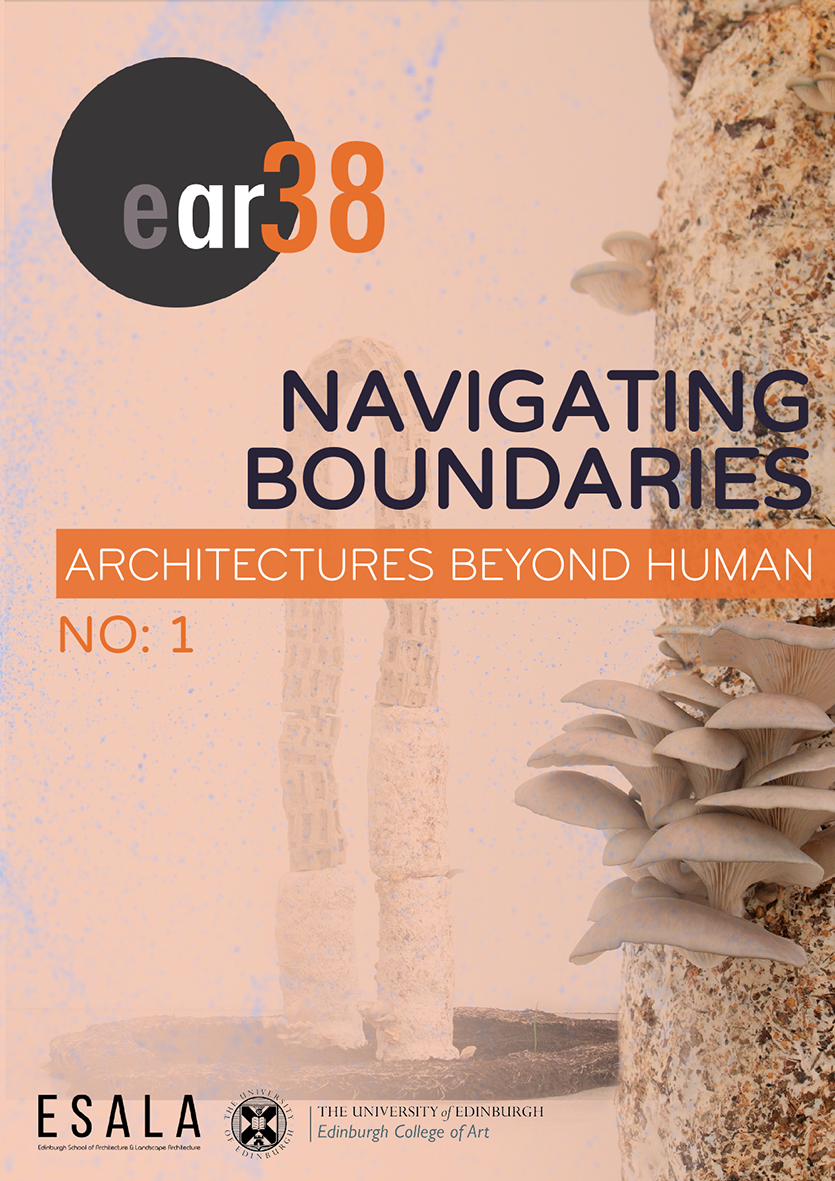Entanglement of “trauma” spaces
How people, place, and objects co-produce the mental, therapeutic, and physical space(s) in trauma-informed design
Abstract
Trauma-informed design (TID) is emerging as an interdisciplinary collaboration between architecture and psychology, unified in the goal of improving the psychological well-being of individuals impacted by trauma. Designing clinical spaces to be trauma informed is increasingly regarded as key in trauma recovery, with the scholarship evidencing the important role the built environment can have in mental health (Shepley and Sachs 2020). Although these advancements have successfully (re)positioned architecture as a therapeutic intervention within mental health, TID aims to replicate what is already known to work through readymade anthropocentric methods (Gildersleeve and Guyotte 2019). Subsequently, TID fails to grapple with the complexity and rhizomatic nature of trauma/ trauma recovery and cannot attend to the human-non-human entanglement that potentiates trauma healing. New Materialism opens innovative spaces in architectural theory and practice that put TID to work and answer the related questions of: what are the effects of matter and materiality on mental health experiencing (Larsen, Bøe, and Topor 2020), and how is materiality done and undone in “trauma” spaces? Understanding the role of materiality can help us comprehend how mental health experience happens in place with matter and respond accordingly.
This article argues for a New Materialist turn that shatters the core “human” tenets of TID by reconceptualising it as a dynamic process of “becoming” trauma-informed that simultaneously drives the “unbecoming” of trauma. The site of this inquiry is a private mental health practice for women and children in Melbourne, Australia. The case example challenges dominant, anthropocentric assumptions of TID by iteratively and multimodally mapping the intra-agentic movements (Barad 2014) of a parent-child dyad interconnected to place and objects across two psychotherapy sessions. What are revealed are the multitudinous relational potentialities of materiality and matter that drive the movements of doing trauma healing and undoing trauma within a dyad-TID-trauma space assemblage.

This work is licensed under a Creative Commons Attribution-NonCommercial-NoDerivatives 4.0 International License.


